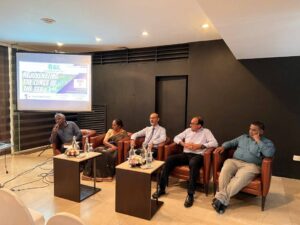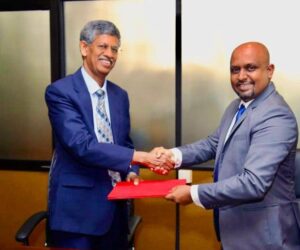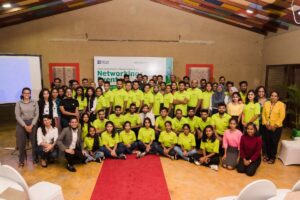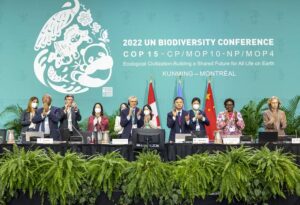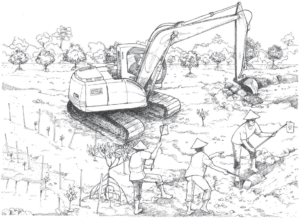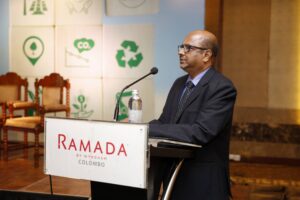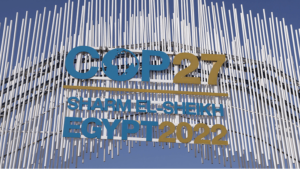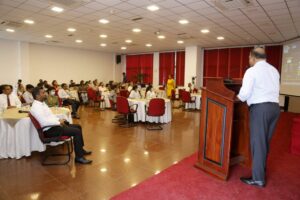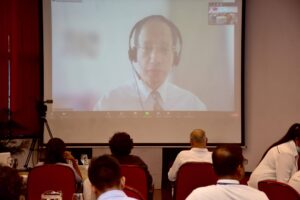Our LIFE Journey began four years ago in February 2018 with ten private sector companies partnering with Biodiversity Sri Lanka for restoration of a 10ha degraded forest land located in the Kanneliya Forest Reserve under the able guidance of IUCN and the Forest Department.
From trees…
After years of astute planning and rigorous implementation and monitoring, despite multiple challenges, the Project has shown remarkable progress in restoring this land. At the end of the fourth year of restoration, over 18,000 plants have been grown at the site from 46 plant species including Hora, Wal Del, Bata Domba, Alu bo, Naa, Pelan, and Diyapara. Some of the native shrub species (Maha bovitiya – Melastoma malabaricum and Veraniya – Hediotis fruticans) have emerged naturally in the site after the systematic removal of the invasive Kekilla. Also, the exotic species Alstonia (Alstonia macrophylla) has been observed alongside native shrub species. Despite, Alstonia being an invasive plant, for another couple of years, the Alstonia plants will be maintained to obtain shade and to increase the soil carbon level in the site. Some of the naturally occurred pioneering species include Milla, Kekuna, Kenda, and Geduma.
To butterflies…
Above all, one significant indication that the Project is heading in the right direction is the colonization of butterfly species at the restoration site. Lomove et al (2006) conclude that butterflies are a good indicator species to assess the progress of the ecological restoration. The comparison on the presence of butterfly species before restoration commenced and after four years of restoration is astounding. The biodiversity survey which was done before restoration work commenced in 2017 showed no records of butterflies at the site itself whilst 14 species of butterflies were recorded from the adjacent forest control plot. Nevertheless, a recent biodiversity survey has recorded 22 butterfly species at the restoration site. This remarkable development can be attributed to multiple reasons including the change in the habitat structure from a fern land to a shrub forest and the natural regeneration of plant species such as Weraniya and Maha Bovitiya.
Butterfly Species recorded at the restoration site were Tailed jay, Five bar swordtail, Bluebottle, Crimson rose, Blue Mormon, Ceylon birdwing, Lemon emigrant, Mottled Emigrant, and Jezebel. Three-spot grass yellow, One-spot grass yellow, Psyche, Tawny costor, Tree nymph, Grey pansy, Tree nymph, Chocolate soldier, Gladeye bush brown, White four-ring, Ceylon Cerulean, Yamfly, and Chestnut Bob., 06 of which are endangered species and the others being Indigenous.
This is exciting and remarkable news for us!

